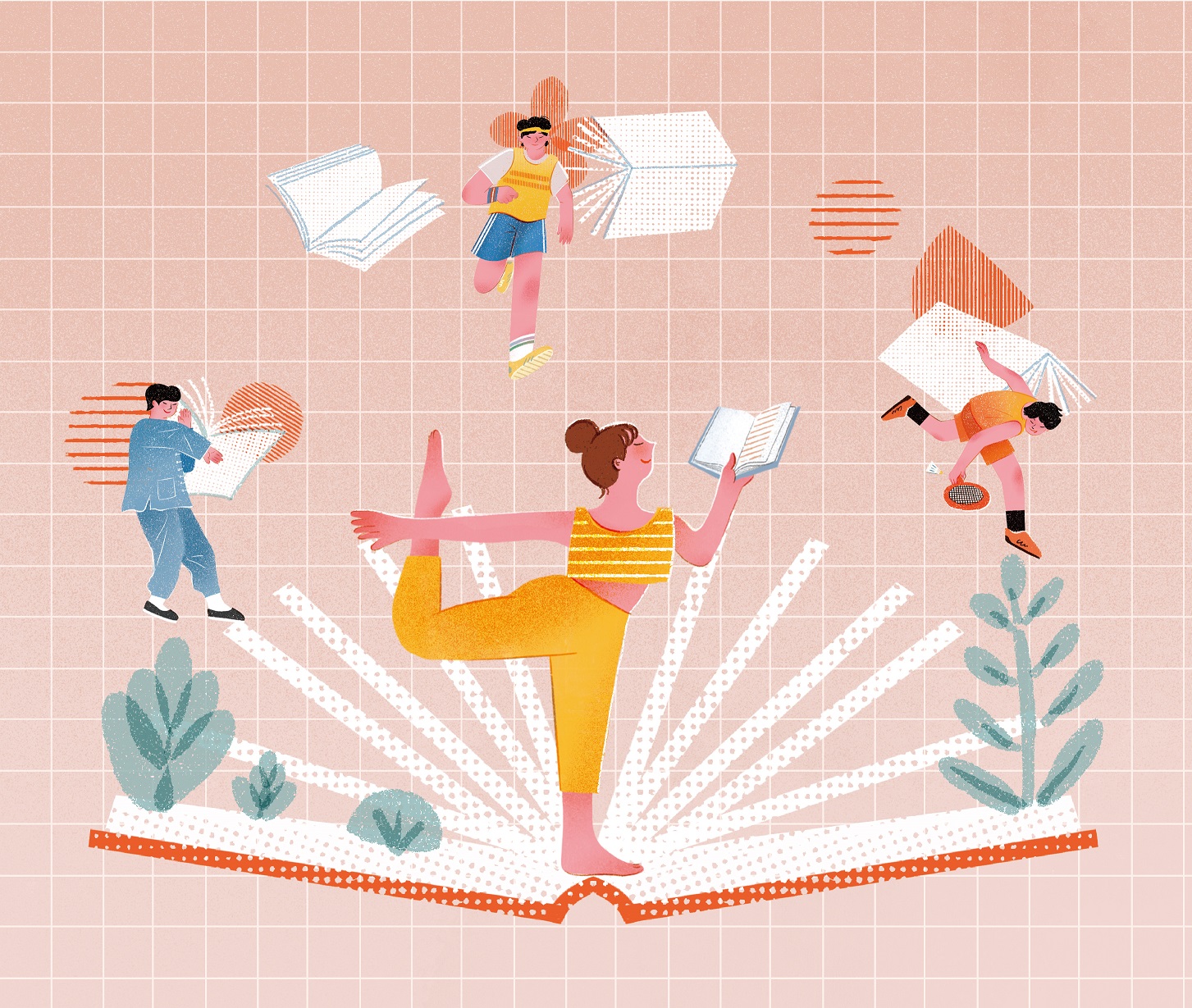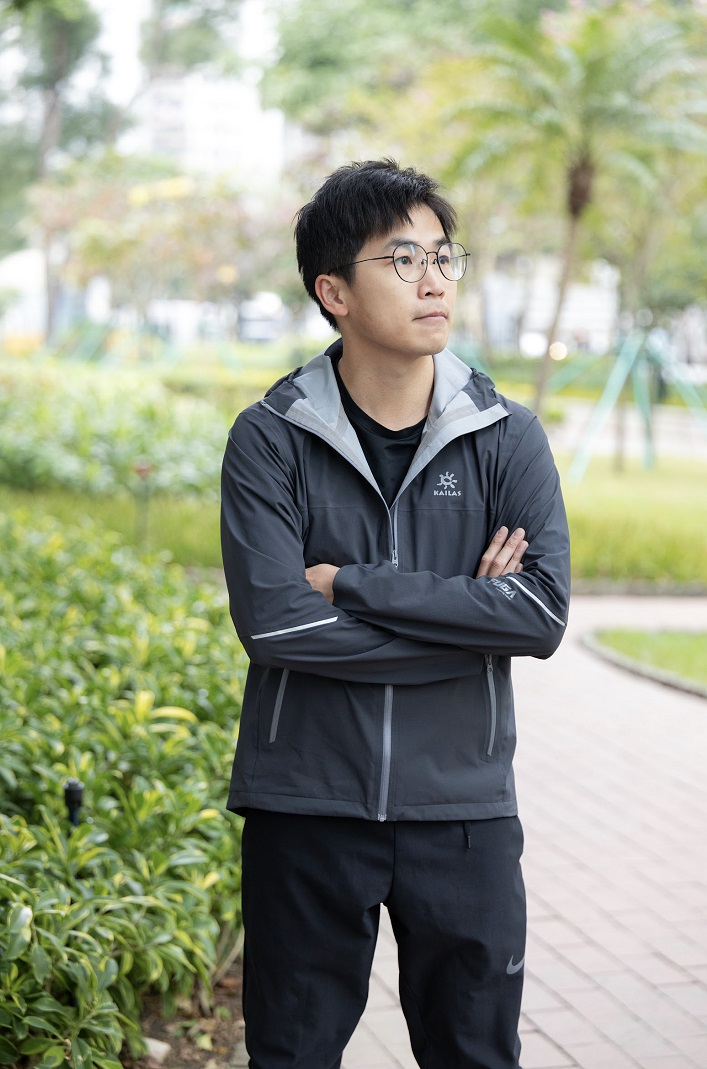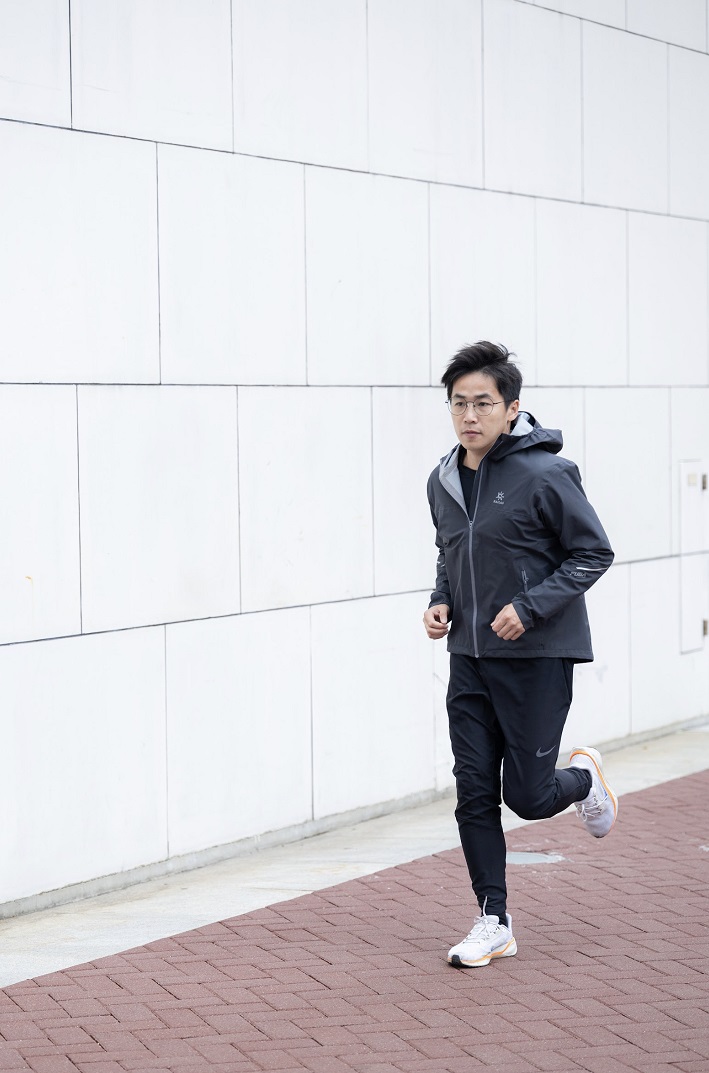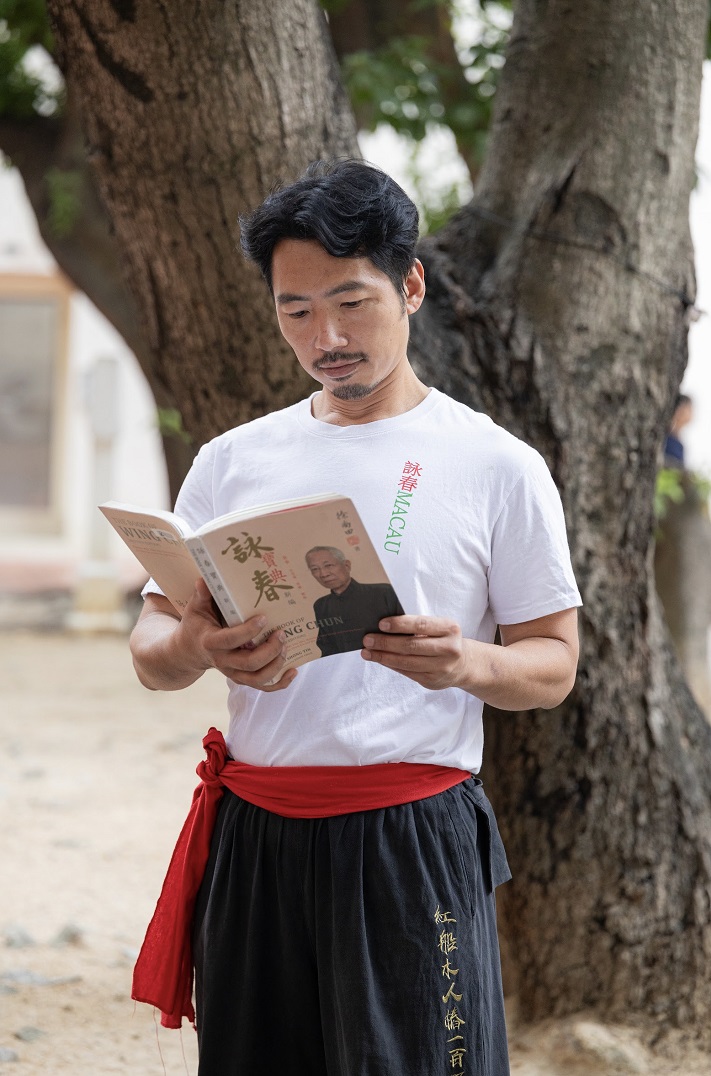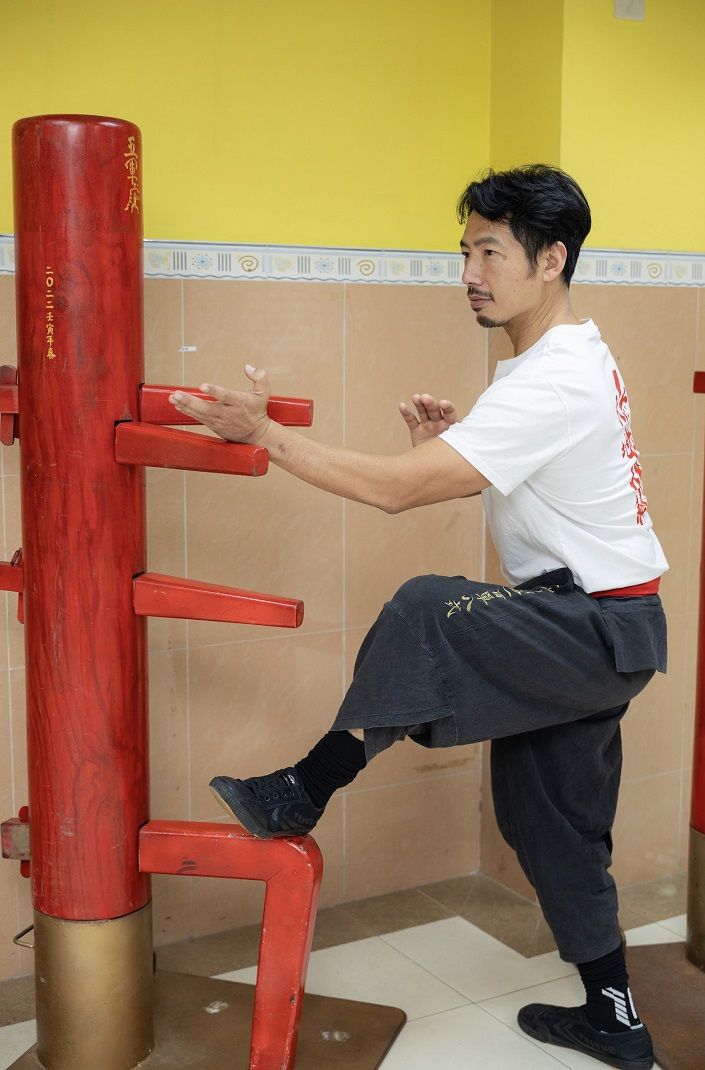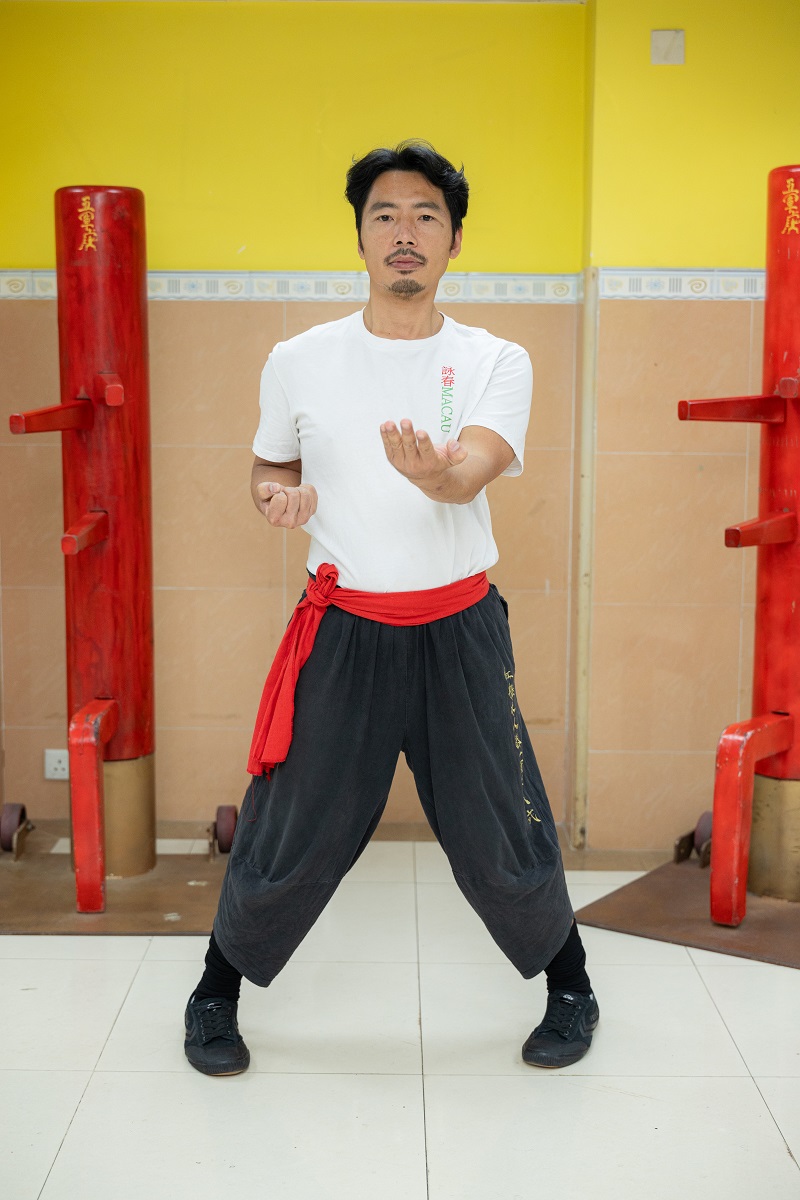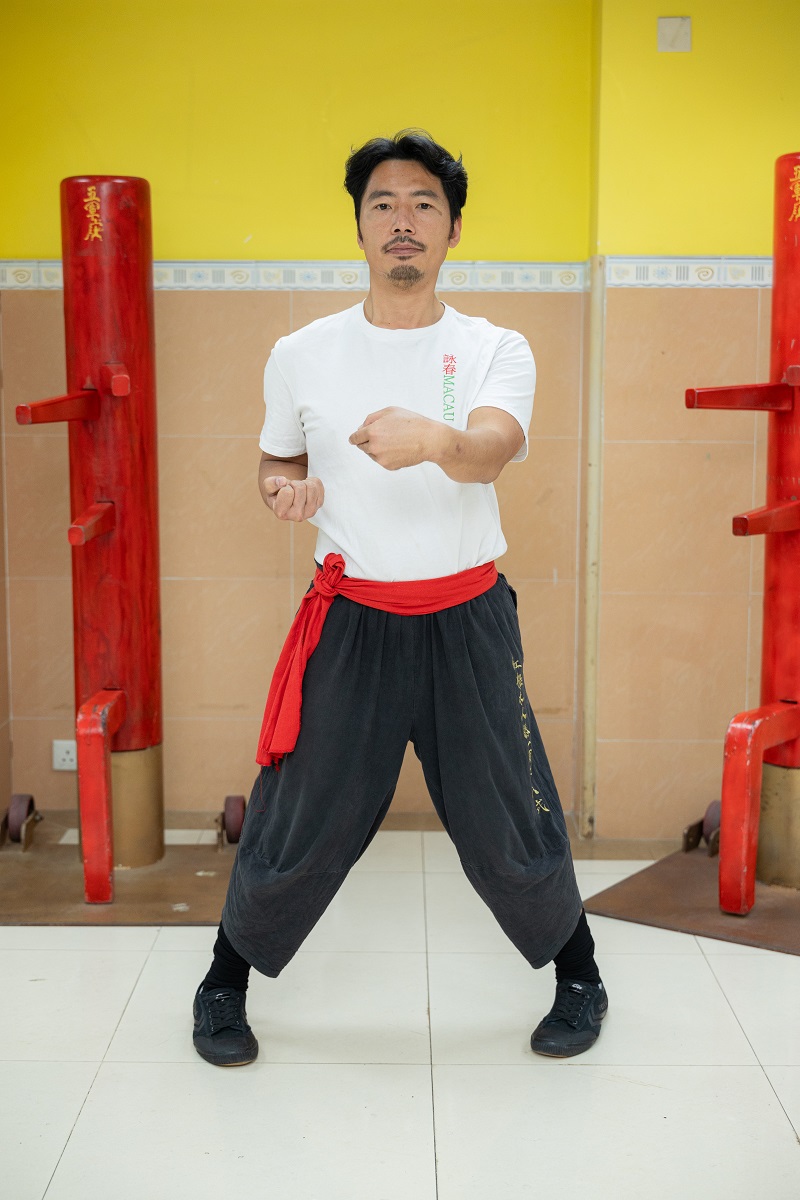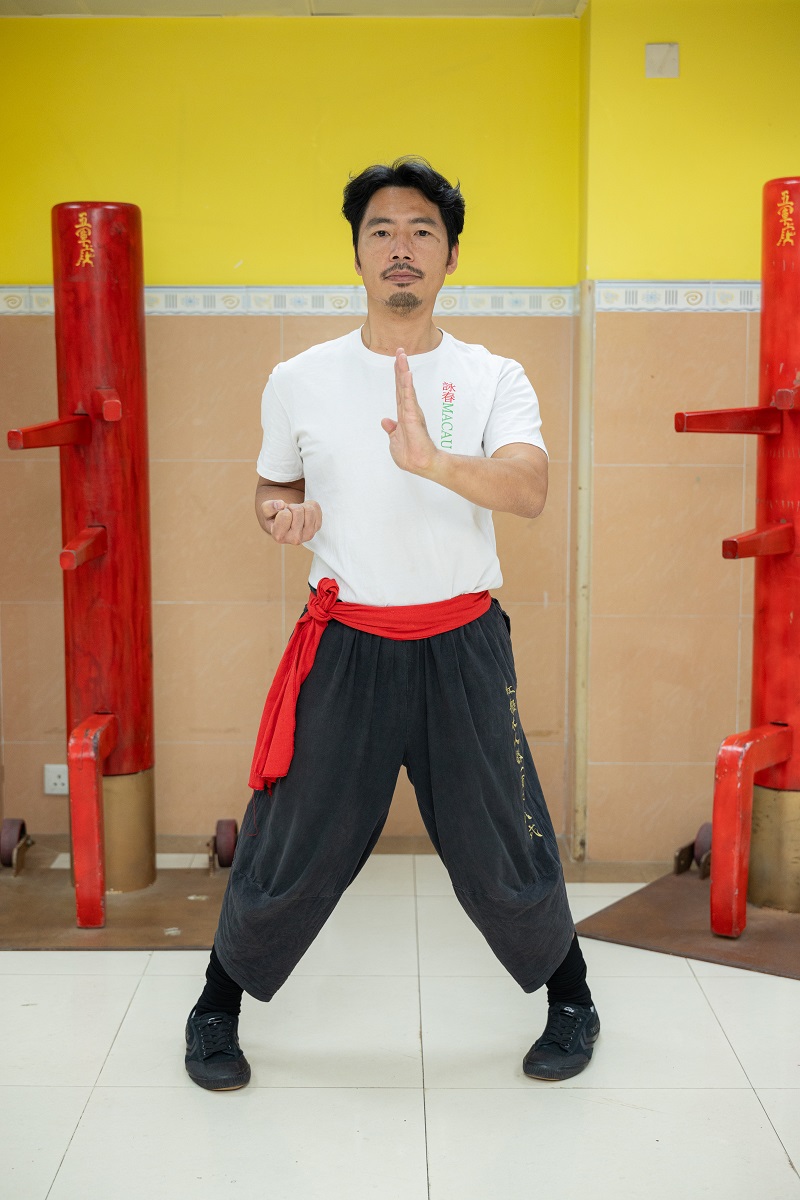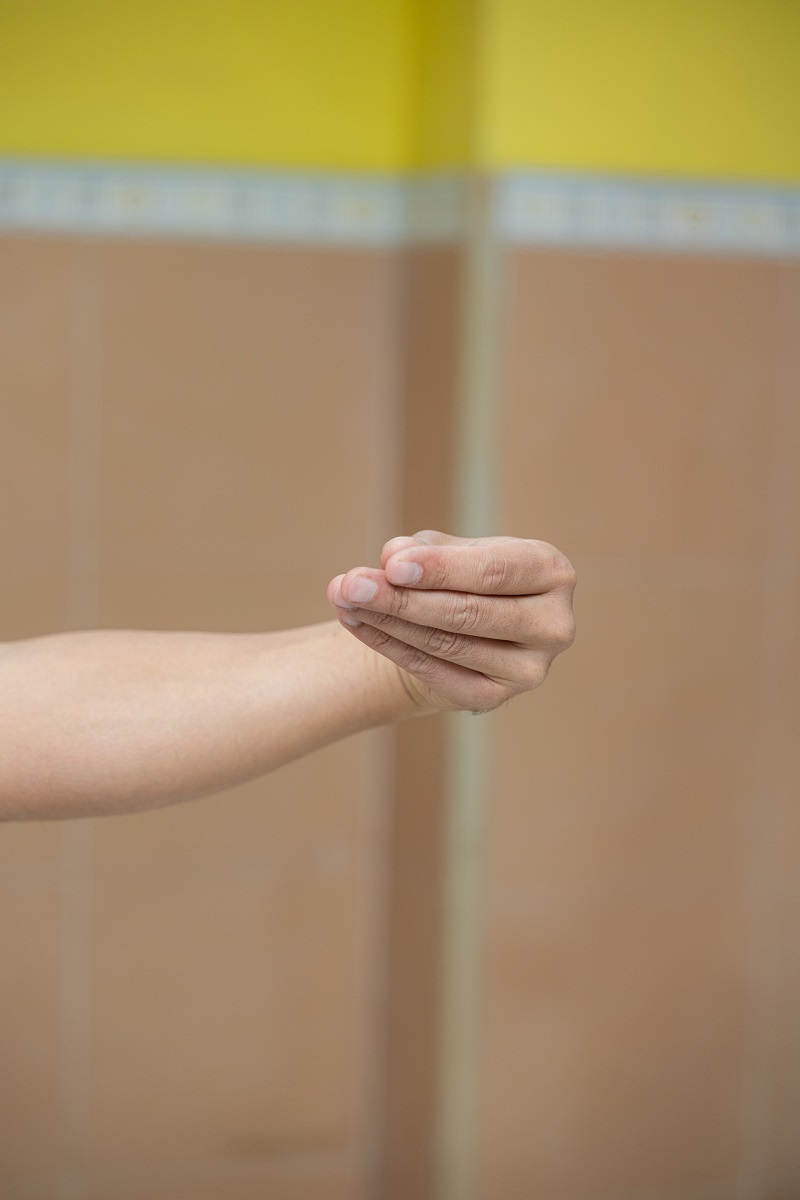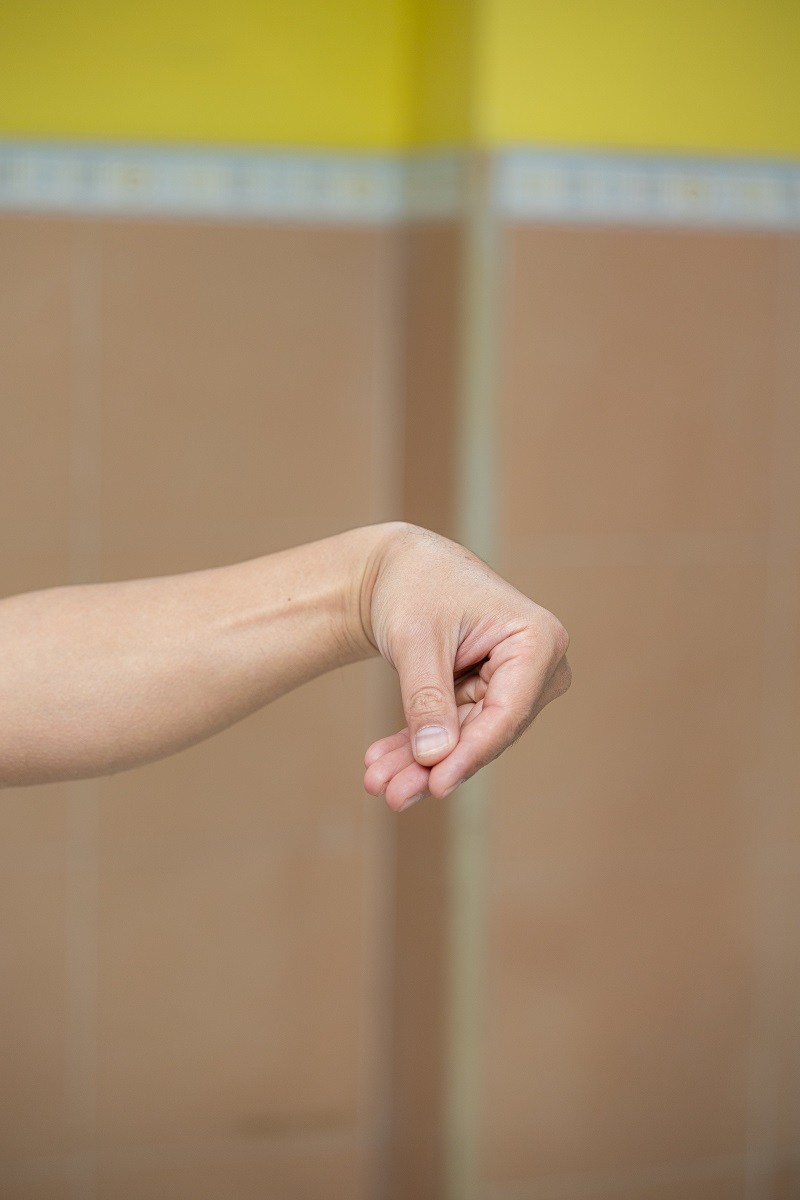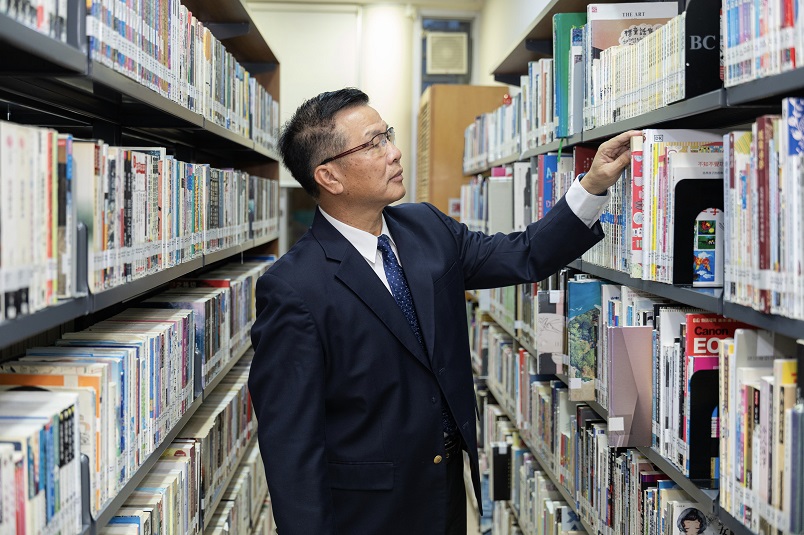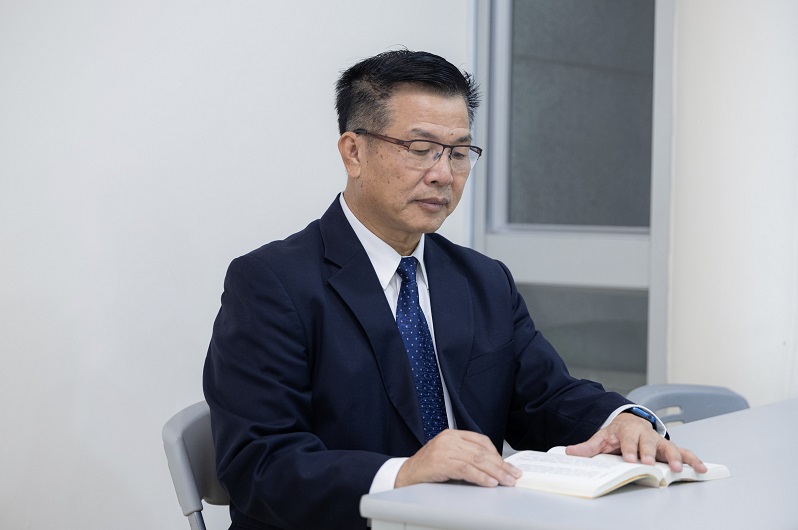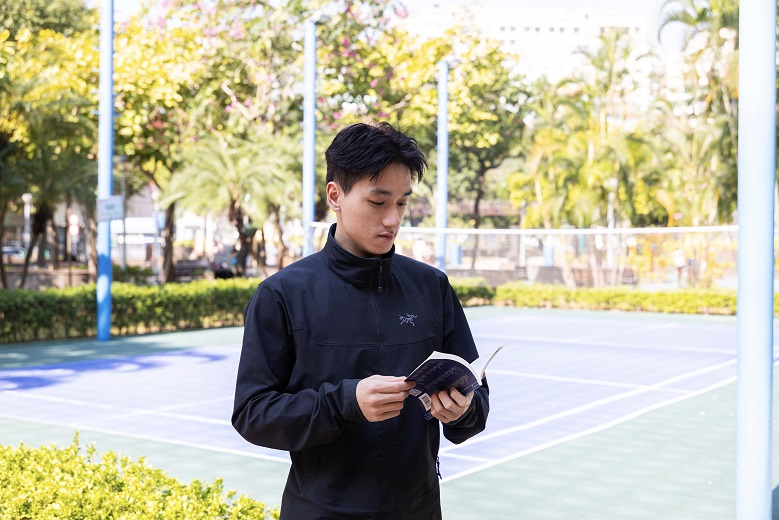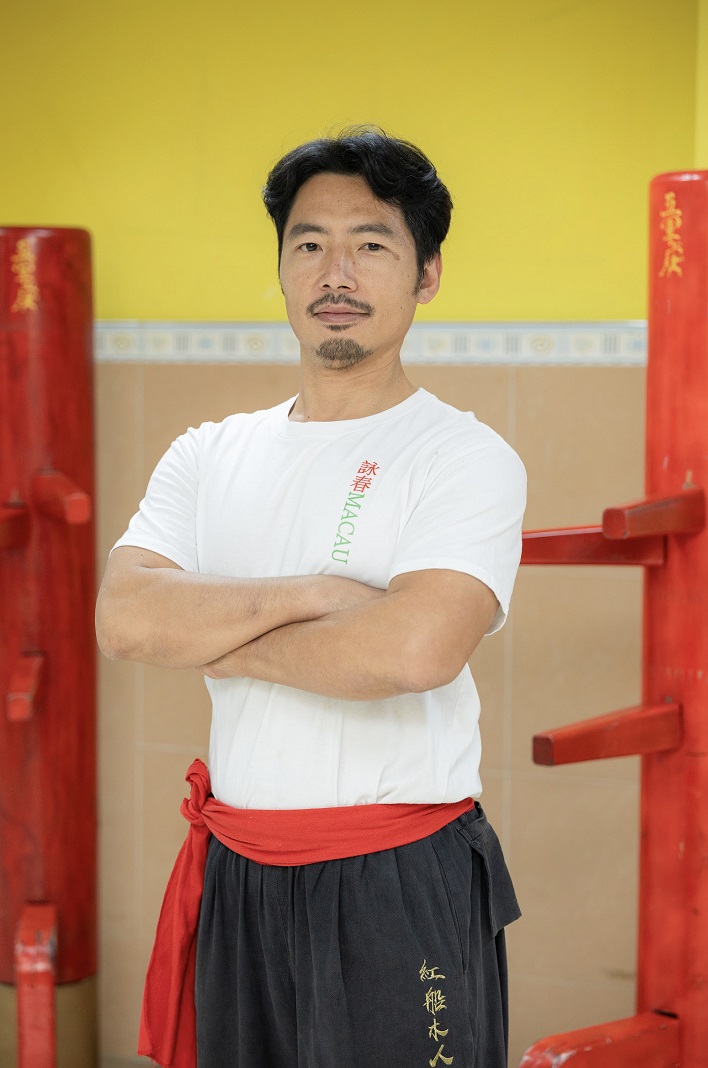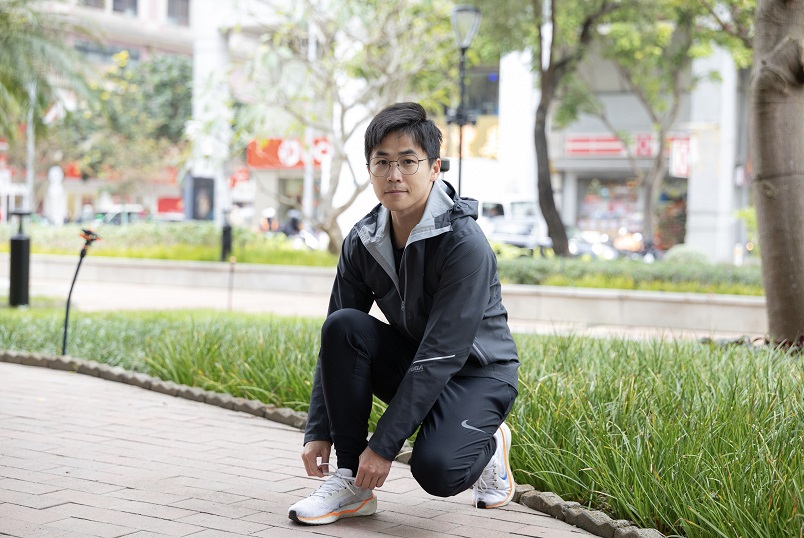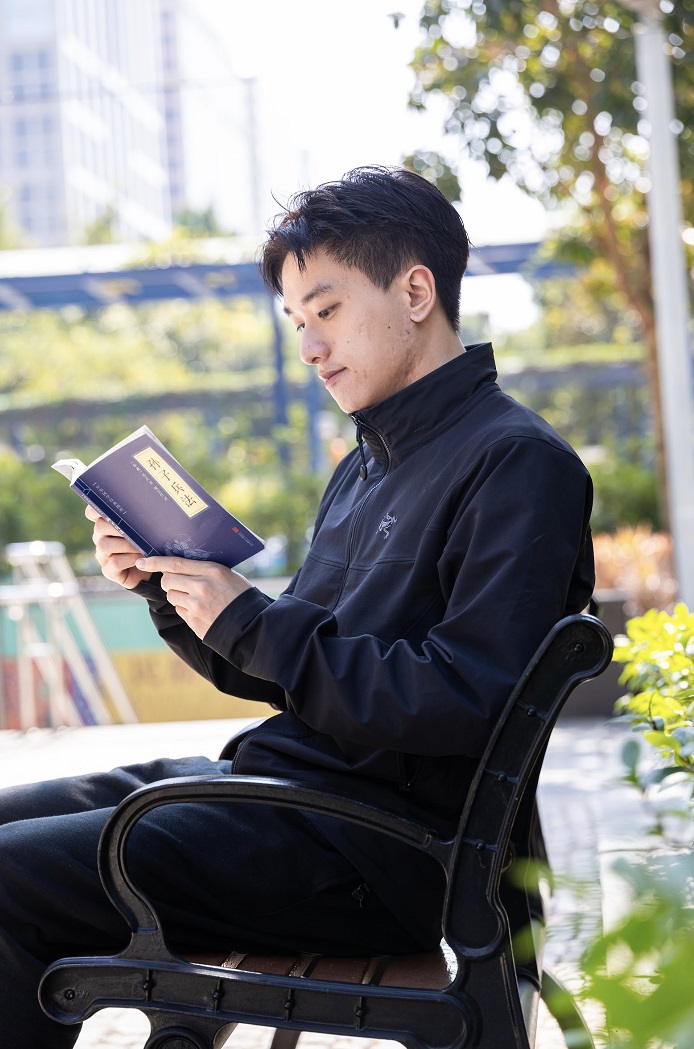
“Sports and reading are the same in essence.” In the eyes of badminton coach Lam Hou Him, the two parallel lines formed by sports and reading, which are two seemingly non-intersecting parallel lines, share an intrinsic connection: they are both pathways to achieve self-improvement.
The word “sport” is often associated with competition, and Lam Hou Him believes that ancient warfare and modern sports competition share a lot in common. The Chinese Military classic The Art of War by Sunzi, written by the famous military strategist Sun Wu, systematically elaborates on various aspects of military operations, including strategy, tactics and principles of warfare. Lam admits, “I admire ancient militarists greatly because war requires sacrifice, so their strategies would be more comprehensive, which is why I would like to learn about their wisdom.” Therefore, he combines the concepts he learnt from The Art of War by Sunzi with his teaching, in a way just like salt dissolves in water.
As a former registered Badminton World Federation (BWF) ranking points player and an honorary player of the Badminton Federation of Macau, Lam Hou Him not only teaches his students badminton skills, but also guides them to think about “how to become an athlete”.“If you know the enemy and know yourself, you need not fear the result of a hundred battles. If you know yourself but not the enemy, for every victory gained you will also suffer a defeat. If you know neither the enemy nor yourself, you will succumb in every battle,”[1] which is one of Lam’s most respected sayings. In his teaching, Lam always tells his students that competition is everywhere, and that athletes need to be aware of their physical condition, technical skills, and mental states at all times. He encourages his students to explore their own identities during practice, rather than blindly following other people’s patterns, in order to achieve “self-awareness”.
Getting an insight into your opponent’s athletic status is also crucial, according to The Art of War by Sunzi. Lam Hou Him was particularly impressed by the phrase “helpful circumstances” in the saying, “While heeding the profit of my counsel, avail yourself also of any helpful circumstances over and beyond the ordinary rules”. Using water as an example, he pointed out that water changes its shape according to different containers, which is also important for athletes to remain adaptable rather than fixed. He also shared the concept of “intelligencebased strategic calculations”, which refers to the ancient practice of holding ceremonies at the temple to make tactical dispositions before going to war. Only those who know both their enemy and themselves can formulate corresponding strategies for the entire situation before a competition.
Through reading The Art of War by Sunzi, Lam engaged in a dialogue with the past, distilling the wisdom of the book and integrating it into the context of his life. These concepts are not only applicable on the sports field but can also extend to various aspects of daily life. When cognition and action are unified, individuals can achieve success in all endeavors.
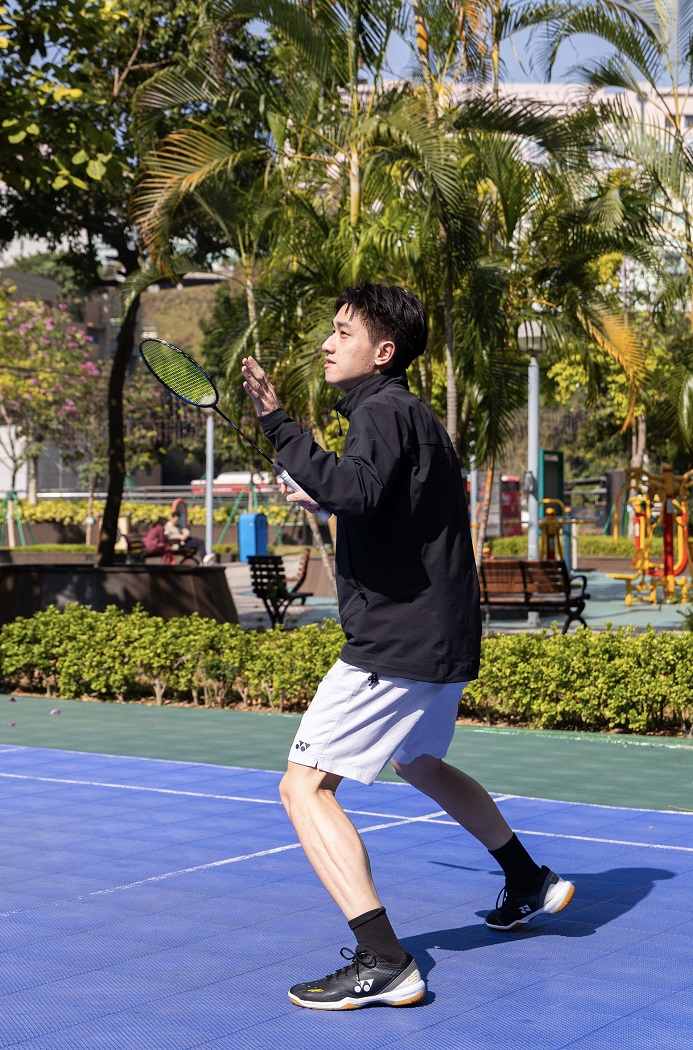
[1] Sun Wu, The Art of War by Sunzi (Spring and Autumn Period), Beijing United Publishing Co.,Ltd., 2015, 17.
